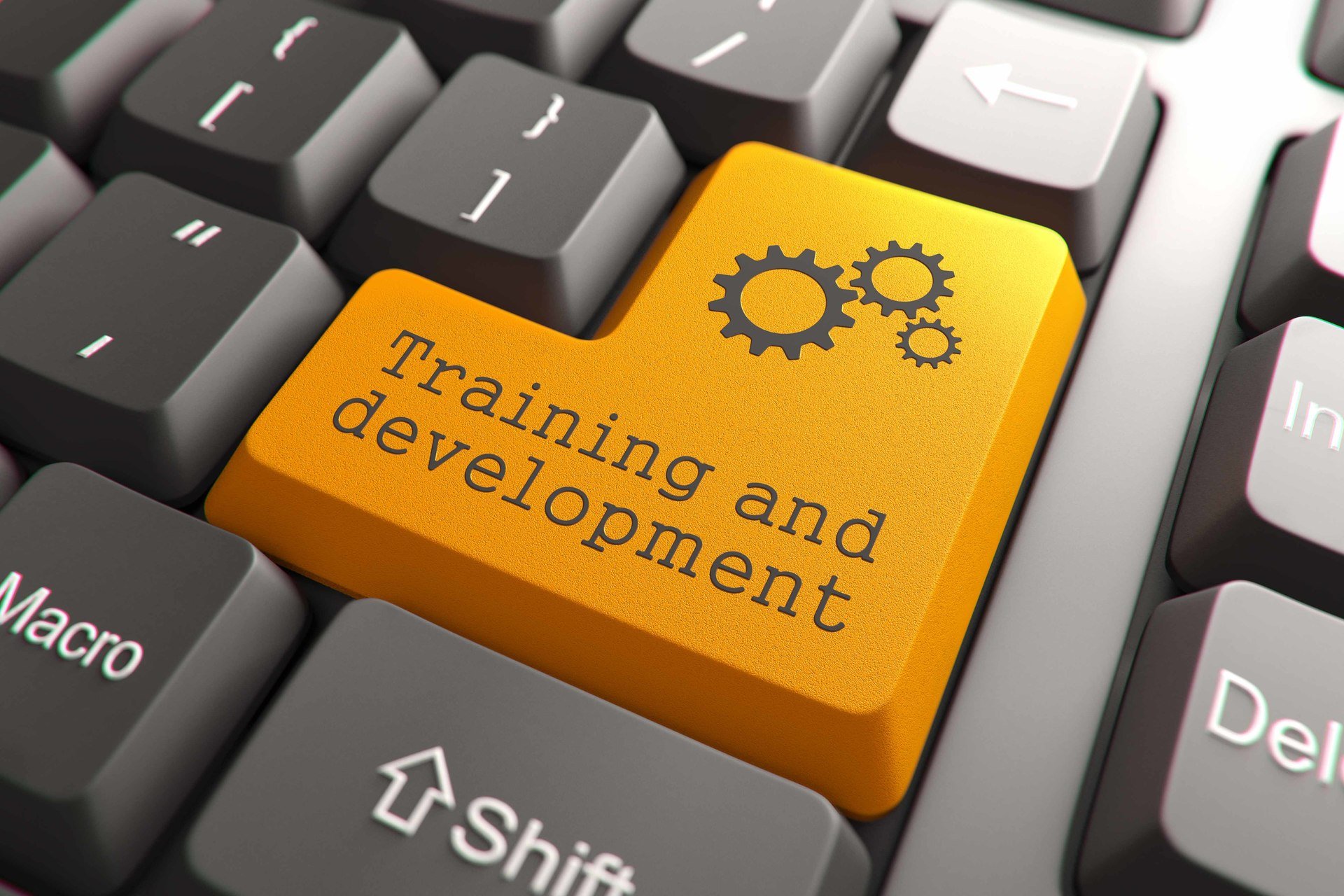Training Needs Analysis Of Your Employees
Employees, including the frontline staff, require the right knowledge and skills to perform their tasks effectively. Training is required to upskill employees and to expand their capabilities. However, we know that every employee has a unique skillset, attitude, and competency. So, training employees with a one-size-fits-all approach would not work, unless the training is about certain policies, compliance, and general codes.
When it comes to specific competencies, an accurate assessment of the training needs for each employee is required. There are various roles in an organization and each role will have a different set of training needs.
Let’s look at a few methods to identify the training needs.
Training Needs Analysis
The training needs assessment or analysis provides a good understanding of the current competency, knowledge, and skills of the employee.
To obtain information about these aspects, there are several methods listed below:
- Questionnaires with answers
- Psychometric tests
- Interviews
- Focus-group interviews with line managers/business heads
- Observations
- Work metrics
- Assessment reports of courses taken by the employees (both digital learning and classroom sessions)
- Assessment centers
Questionnaires
You can use questionnaires to gauge a wide variety of behaviors, skills, and performance gaps. Self-assessment questionnaires, for example, can provide good insight into an employee’s current understanding of their job role as well the commitment to the cause. The questionnaires need to be detailed to make an accurate assessment.
Psychometric Tests
Psychometric tests help to assess the personality traits and characteristics of the employee. These can give good insights to the manager on what measures they can take to train their employees on specific behaviors.
Interviews
Periodic interviews give the assessor a good idea about the current understanding of the employee on their job role and how they are performing vis-à-vis the KPIs set for them. This works well when the manager is competent in carrying out such detailed assessments otherwise it would require the assistance of HR and L&D.
Focus Group Interviews With Line Managers/Business Heads
In focus group interviews, line managers provide feedback on specific areas of improvement of the team members reporting to them. Business heads provide overall feedback of the teams and they also provide an overview of the goals met or unmet, and the specific training required to address the gaps.
Observations
Observing an employee while at work, when performing various tasks, or during training sessions is a good way to assess their behaviors and skills. The line manager or facilitator can provide feedback on which behaviors or skills the employee needs to improve upon or require training.
Work Metrics
You can assess and analyze the performance of an employee from time to time against the set KPIs. The managers can capture the information on work-based targets, skills, and behaviors that eventually give a good indication as to where the employee requires training.
Assessment Reports (Both Digital Learning And Classroom Sessions)
The results of the assessments conducted in both digital and classroom sessions provide a good idea as to where the employee is performing well and the measures to take to upskill the employee.
Assessment Centers
These are another powerful way of capturing training needs. Using the workshop methodology, the facilitator can capture data through observation of various activities that the trainees perform during various sessions. This gives a good insight into which areas an employee needs to work on. You can also devise workshop activities in such a way that you can capture data on analytical skills, communication skills, general behavior, and so on. Later, you can collate this data to understand the competency of the employee and recommend further training on soft skills as well as technical skills.
Conclusion
Identifying training needs is a crucial exercise. At Tesseract Learning, our learning architects have years of experience in understanding the training needs of organizations and can assist your teams in conducting thorough reviews of the training requirements.
If you have any specific queries, do contact me or leave a comment below.









